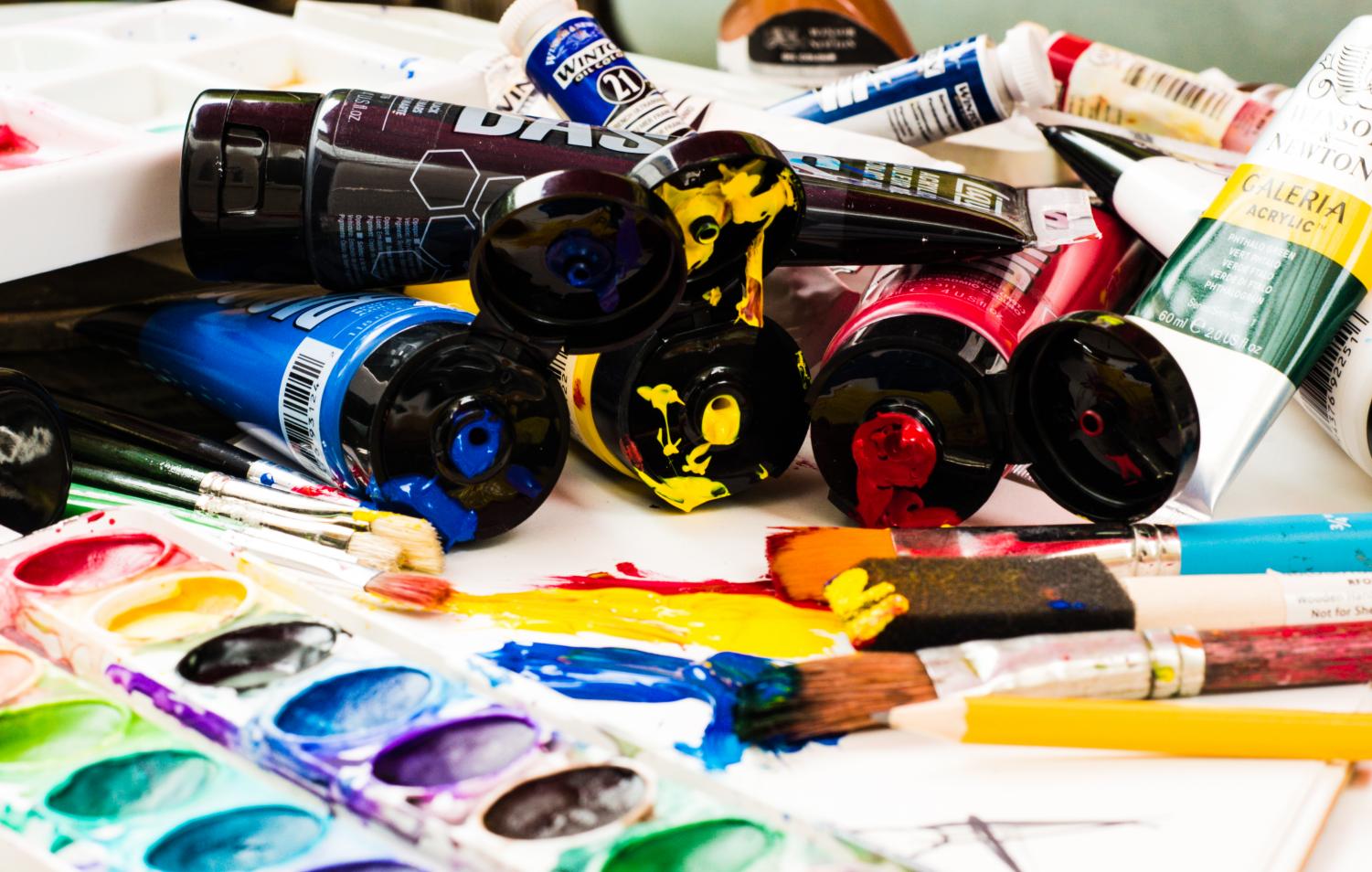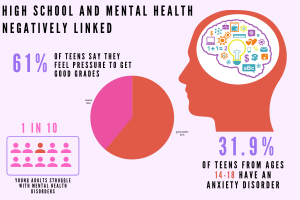Changing the AP Art test
January 31, 2020

Passing an AP test is a major step towards a bright academic future for any college-aspiring high school student. With high importance placed on most AP tests across the nation, it’s no surprise students are keen to hear any changes in regards to difficult AP tests. Such changes were made in the 2019-2020 AP Art tests, and they aim to make the testing process easier while still demanding the same kind of rigor of years past.
Expectations for the AP Art test have been criticized as too arduous in the past and this is what the update to the test aims to fix. Some of the errors contributing to the test’s arduous process are because of other recent updates.
“Expectations have been the same, but they changed it at one point when they upgraded to digital submission of artwork,” art teacher Kelly Foulk said. “Other than that, this is the first time it’s been changed since I’ve been teaching.”
The AP Art Studio test of years past required 24 pieces from students, 12 of which were focused on a section called “concentration” and the other 12 in a section called “breadth”. The concentration was a collection of pieces unified under a specific theme, while the breadth was focused on showing off student skills in various works. The new AP test for the 2020 school year has only fifteen pieces in the portfolio unified under one theme, which is a format that has won praise among district art teachers along with some criticism.
“At the end of every AP test they send a questionnaire to the teachers and they would always say ‘What changes would you recommend?’,” Foulk said. “Every AP teacher I’ve ever talked to is like ‘Dude [last year’s test] is way too much work for them’. No college class is creating twenty-four works of final, finished artwork. So I think they took that into consideration and just tried to make the test less production-focused to increase quality. Hopefully, they will continue doing that until it’s a more realistic amount of work for a high school student.”
The changes are welcome ones as the test has become overly arduous. However, they may be just a start as the requirements may still be too much according to Foulk.
“I still feel fifteen is a lot,” Foulk said. “And I think it’s almost harder in some ways because in the past you had twelve pieces in your concentration and the breadth could be whatever you wanted, including artwork you’ve done in the past. Now you have to create fifteen pieces based on your idea which is harder in a sense. Ideally, I think AP central should change it to a total of eight to ten pieces. I think that every piece would be mind-blowingly amazing and the technical skills of each student would be seen.”
The 2019-2020 AP Art test also aims to allow more creative liberty for students, requiring only “A body of related works that demonstrate inquiry-based sustained investigation of materials, processes, and ideas through practice, experimentation, and revision” the CollegeBoard website said. The 15 works required also have “no preferred or unacceptable material, process, idea, style, or content” and “can include fully resolved images and forms as well as sketches, models, plans, and diagrams” the Collegeboard website said. However, this creative liberty leaves a certain amount of vagueness for teachers preparing students for the new test.
“It’s really different,” Foulk said. “I think the technical expectations are the same…but the portfolio expectations are very complicated this year. I’ve met with several AP art teachers from other schools and other districts and all of us are like, “Okay, this is a little confusing.” None of us are quite solid, but I think after this year once we see how they score we’ll understand precisely what they’re looking for.”
Along with the changes made in the structure of the test, the CollegeBoard is looking to hear more about student background and inspiration. This year’s test requires “responses to prompts about the materials and processes used, as well as ideas that are visually evident in your work” for all fifteen pieces and a written response to the student’s overarching theme behind their portfolio. The changes aim to glean more about a student’s vision and ideas behind their artwork instead of their sole portfolio. This expansion on the written portion is perhaps what has won the most praise from AP Art students.
“For me, I like to write a lot, and I had a lot to say, so I felt restricted [by last year’s test],” senior Payton Simeon, who took the test last year, said. “I know for my concentration last year it was insane all the research I did. It was more a research project for me…but there was just too much restriction on the writing, and if I had the chance to write for each piece I feel like it would be so much better.”
Despite some criticism towards the new test, the general consensus among art students and teachers alike is positive. The deletion of unnecessary strenuous work has pleased sleep-hungry art students, and the test’s new approach to understanding student inspiration has won favor as well. Overall, students seem to be happy that the test fits in better with their lives.
“I think [the new] test is a lot more manageable because you’re doing a little less and all the pieces are under one theme,” junior art student Ethan Linley said. I also think that it allows you to express yourself more because it allows you to focus on one body of work instead of two separate ideas.”














